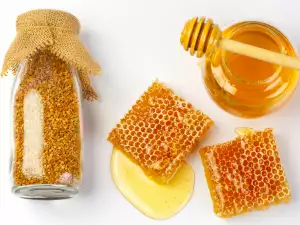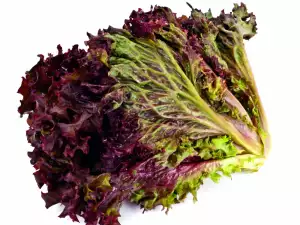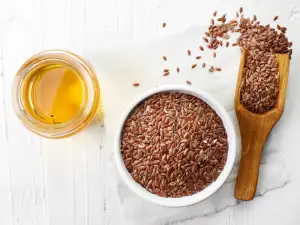E321 is an abbreviation behind which the substance butylated hydroxytoluene is hidden. To the general public, this substance is unknown, but practically we all use it because it is a nutritional supplement with a very enhanced application.
In many labels of food and other goods it can be found among their composition.
Nature and application of E321
E321 belongs to the category of phenolic antioxidants. Simply put, this substance can be defined as a synthetic analogue of vitamin E.
In industry, E321 is found in various forms:
- butyloxytoluene;
- butylated oxytoluene;
- agidol-1;
- dibunol.
The additive E321 is most often used in the food, cosmetic and pharmaceutical industries.
The antioxidant, which is of artificial origin, is applied in its powder form. It is white in color, odorless and tasteless, soluble in water, fats, alcohol and other solvents. It is resistant to high temperature.
Composition of E321
E321 is an antioxidant obtained artificially, as a result of the synthesis of organic compounds. It can also be obtained from algae and cyanobacteria. Then the substance is of natural origin and ranks among the safe for the human body.
The harms from E321

There is still no consensus on the harms of E321. According to some opinions, this supplement has an adverse effect on child development. The joint use of some medicines leads to the manifestation of hyperactivity.
Butylated hydroxytoluene has been suggested to have an adverse effect on the reproductive system. There is also a risk of malignant tumor formations.
However, it is believed that the substance will not harm the body if used in small doses. The permissible daily dose of E321 is 125 micrograms per kilogram of body weight.
There are also opinions that categorically point to E321 as a dangerous additive. This preservative is not prohibited for use in many countries, but its use is known to accelerate the accumulation of cholesterol in the blood.
The constant use of the substance in high doses will lead to unpleasant symptoms such as diarrhea, allergy and asthma attacks.
The vitamin E analogy is misleading, this fact does not make it a useful supplement. It has no beneficial properties for the body, and since it is phenol, it has a harmful effect when misused.
Use of E321

E321 is a good antioxidant for food products. This substance stops oxidation processes, even when exposed to sunlight. It also has a good antimicrobial effect.
Therefore, E321 is often used in the food industry, pharmacology and cosmetics. It is also used in the chemical industry due to its antioxidant properties. Its main application is as a supplement. It participates as such in the composition of various motor oils and in petroleum chemical products. They add it to rocket fuel as a stabilizer.
See how you're imperceptibly intaking these 6 preservatives.




















Comments